NASA Initiates Plans for Moon Train Travel with Innovative FLOAT Project
NASA, the United States space agency, is gearing up for train travel on the Moon. As part of its Innovative Advanced Concepts Program, one of the six 'science fiction-like concepts' is the 'Flexible Levitation on a Track' (FLOAT) project, aiming to build a robotic transportation system. Here are the details👇
Science fiction becomes reality: NASA is working on a train project that could make life on the Moon possible in the future!
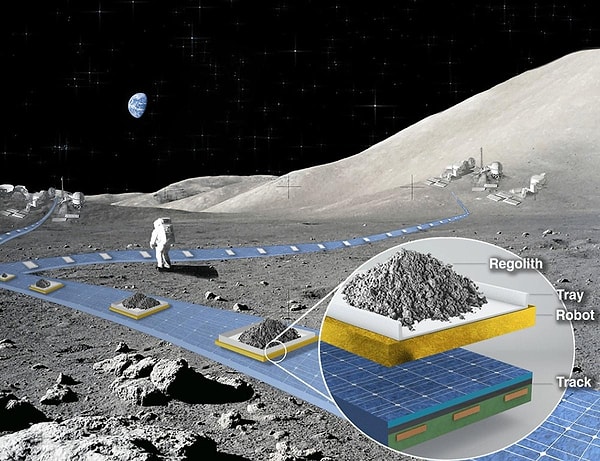
Among the six 'science fiction-like concepts' that received new funding under NASA's Innovative Advanced Concepts program is the 'Flexible Levitation on a Track' or 'FLOAT' project. The plan involves using magnetic robots to transport up to 100 tons of materials on the lunar surface every day.
Dr. Ethan Schaler, a robotics engineer at NASA's Jet Propulsion Laboratory and project leader, indicates that the lunar base could be operational by the 2030s.
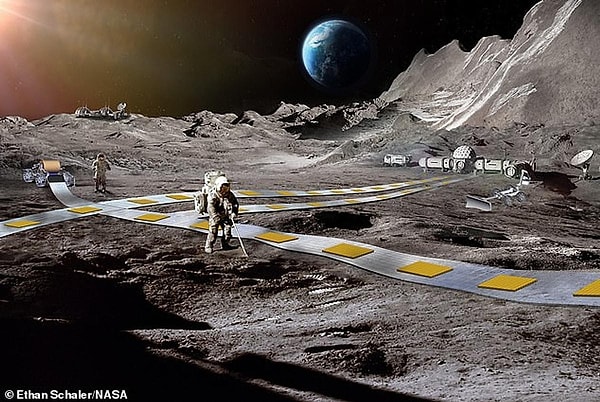
The team behind the project states that this system will enable reliable and autonomous transportation of resources extracted from the Moon. Dr. Schaler emphasizes, 'A durable, long-lasting robotic transportation system will be critical for the daily operations of a sustainable lunar base in the 2030s.'
Unlike Earth's fixed railroads: Proposals include 'deployable' flexible tracks.
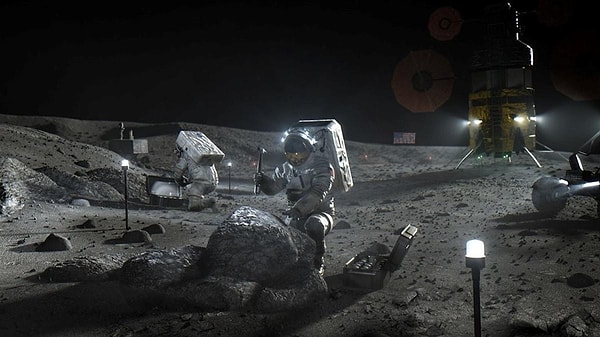
Dr. Schaler and his team propose creating 'deployable' flexible tracks on the lunar surface. These tracks are designed to be easily relocated if the lunar base needs to move. The train's movement will be facilitated by a series of 'unpowered magnetic robots' that hover above the track surface, reaching their destinations using electromagnetic propulsion similar to Earth's maglev trains.
The idea of living on the Moon might not be as distant as we think.
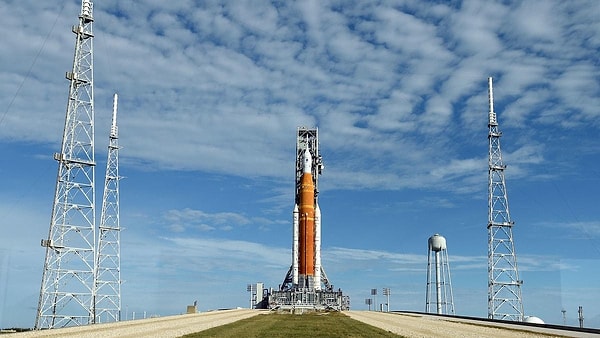
Findings from the Artemis mission, which successfully completed an uncrewed loop around the Moon in November 2022, may indicate potential for lunar habitation!
While the idea of living on the Moon seems distant for now, NASA's Artemis missions plan to explore craters near the lunar south pole believed to contain ice, with the goal of establishing a human presence on the Moon.
Multiple main camps to be built: NASA and other space agencies aim to establish permanent settlements on the Moon!
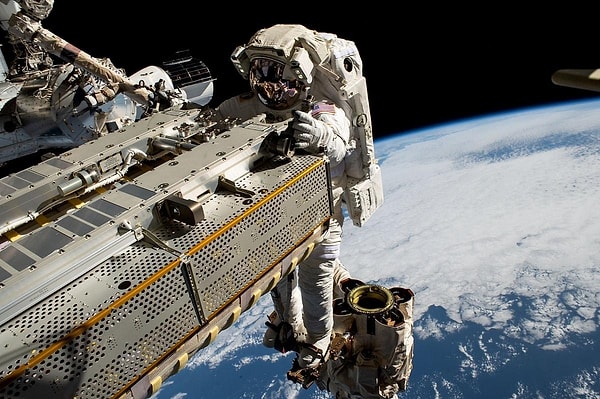
Jim Free, NASA's associate administrator for exploration systems development, mentioned that the space agency plans to build multiple main camps as part of the Artemis landings. This aligns with NASA and other space agencies' goals to establish permanent settlements on the Moon. However, the harsh lunar environment makes mining and material transport dangerous for human astronauts.
Moreover, Dr. Schaler's FLOAT project is just one of the six futuristic ideas selected for phase two funding under NASA's 'Innovative Advanced Concepts' (NIAC) program.
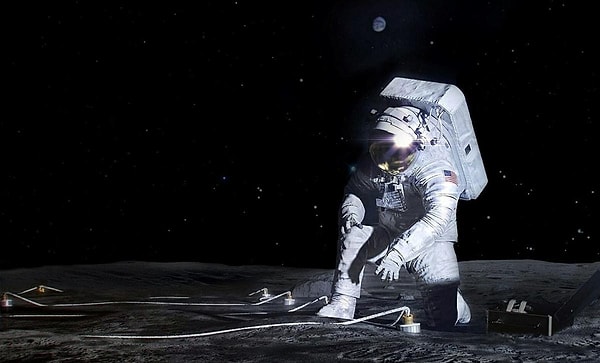
Each project receives up to $600,000 in new funding to further develop their technologies. Dr. Schaler states that this funding will be used to create a miniature model and a set of robots for further testing. If any project advances to the next stage, they may be considered for a future NASA mission.
Keşfet ile ziyaret ettiğin tüm kategorileri tek akışta gör!


Send Comment